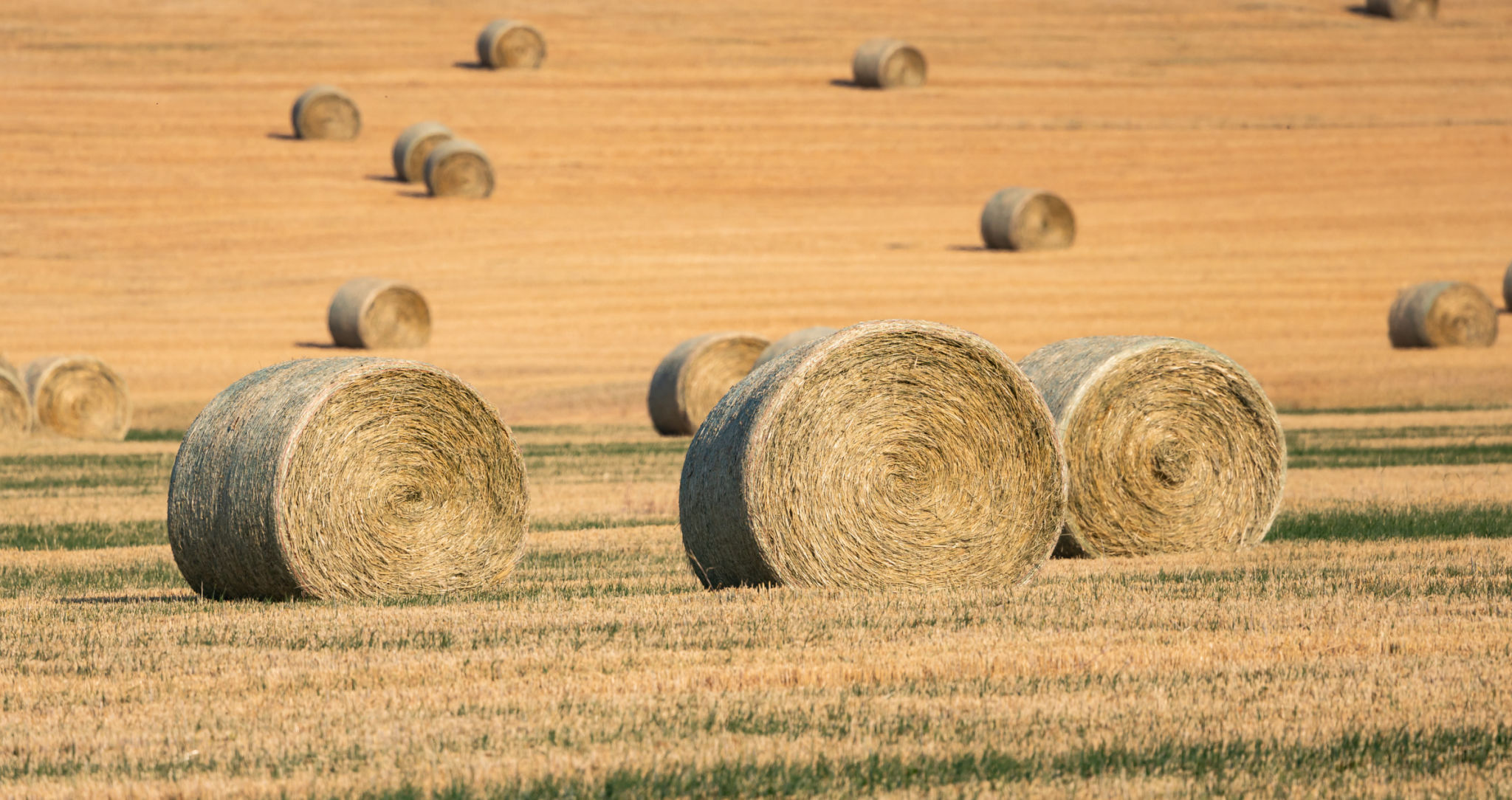How to Choose the Best Hay for Your Livestock: Tips from Double Six Ranch
Understanding the Basics of Hay for Livestock
Choosing the right hay for your livestock is crucial for their health and productivity. At Double Six Ranch, we understand that not all hay is created equal. The type of hay you select can have significant implications on your livestock's nutritional intake and overall well-being. Whether you are feeding cattle, horses, or goats, understanding the different types of hay available is the first step in making an informed decision.

There are several common types of hay, including alfalfa, timothy, and mixed-grass hay. Each type offers different levels of nutrients and fiber. For instance, alfalfa hay is high in protein and calcium, making it ideal for high-producing animals like dairy cows. On the other hand, timothy hay is known for its balanced nutritional profile and is often preferred for horses.
Assessing Nutritional Needs
Before selecting hay, it's essential to understand the specific nutritional needs of your livestock. Different animals have different dietary requirements based on their age, size, and purpose. For example, growing calves require more protein compared to mature cattle. Similarly, lactating animals need additional nutrients to support milk production.

To assess these needs, you can conduct a forage analysis, which provides detailed information about the nutrient content of the hay. This analysis helps you determine if the hay meets the dietary requirements of your animals or if supplementation is necessary. At Double Six Ranch, we recommend conducting a forage test at least once a year or whenever you change your hay supplier.
Evaluating Hay Quality
Quality is a critical factor when selecting hay. High-quality hay should be green, leafy, and free from mold or dust. The presence of weeds or foreign objects can indicate lower quality. Additionally, the hay should have a pleasant aroma; a musty smell could be a sign of moisture damage or spoilage.

Another aspect to consider is the stage of maturity at which the hay was harvested. Hay cut too early may lack fiber, while hay cut too late may be overly fibrous and less palatable. Ideally, look for hay that was harvested at the correct maturity to ensure a balanced nutritional profile.
Storage and Handling Tips
Proper storage and handling are essential to maintain the quality of your hay. Store hay in a dry, well-ventilated area to prevent moisture buildup and spoilage. It's also advisable to stack bales off the ground on pallets to improve air circulation and reduce moisture exposure.
When feeding your livestock, ensure that you rotate your hay stock by using older bales first to prevent spoilage and waste. Regularly inspect your stored hay for signs of moisture or pest infestation and address any issues promptly to avoid compromising its quality.
Final Thoughts
Selecting the best hay for your livestock involves considering several factors, including nutritional needs, quality, and proper storage. By understanding these elements, you can make informed decisions that contribute to the health and productivity of your animals.
At Double Six Ranch, we are committed to providing you with the guidance and resources needed to make the best choices for your livestock. Feel free to reach out to us for more personalized advice on selecting and managing your hay supply.
